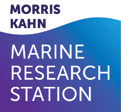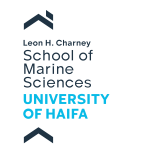Irradiance driven trophic plasticity in the coral Madracis pharensis from the Eastern Mediterranean
Goodbody-Gringley, G., Martinez, S., Bellworthy, J., Chequer, A., Nativ, H. and Mass, T.,
2024. Scientific Reports, 14(1), p.3646. https://doi.org/10.1038/s41598-024-54217-3
Abstract
The distribution of symbiotic scleractinian corals is driven, in part, by light availability, as host energy demands are partially met through translocation of photosynthate. Physiological plasticity in response to environmental conditions, such as light, enables the expansion of resilient phenotypes in the face of changing environmental conditions. Here we compared the physiology, morphology, and taxonomy of the host and endosymbionts of individual Madracis pharensis corals exposed to dramatically different light conditions based on colony orientation on the surface of a shipwreck at 30 m depth in the Bay of Haifa, Israel. We found significant differences in symbiont species consortia, photophysiology, and stable isotopes, suggesting that these corals can adjust multiple aspects of host and symbiont physiology in response to light availability. These results highlight the potential of corals to switch to a predominantly heterotrophic diet when light availability and/or symbiont densities are too low to sustain sufficient photosynthesis, which may provide resilience for corals in the face of climate change.

